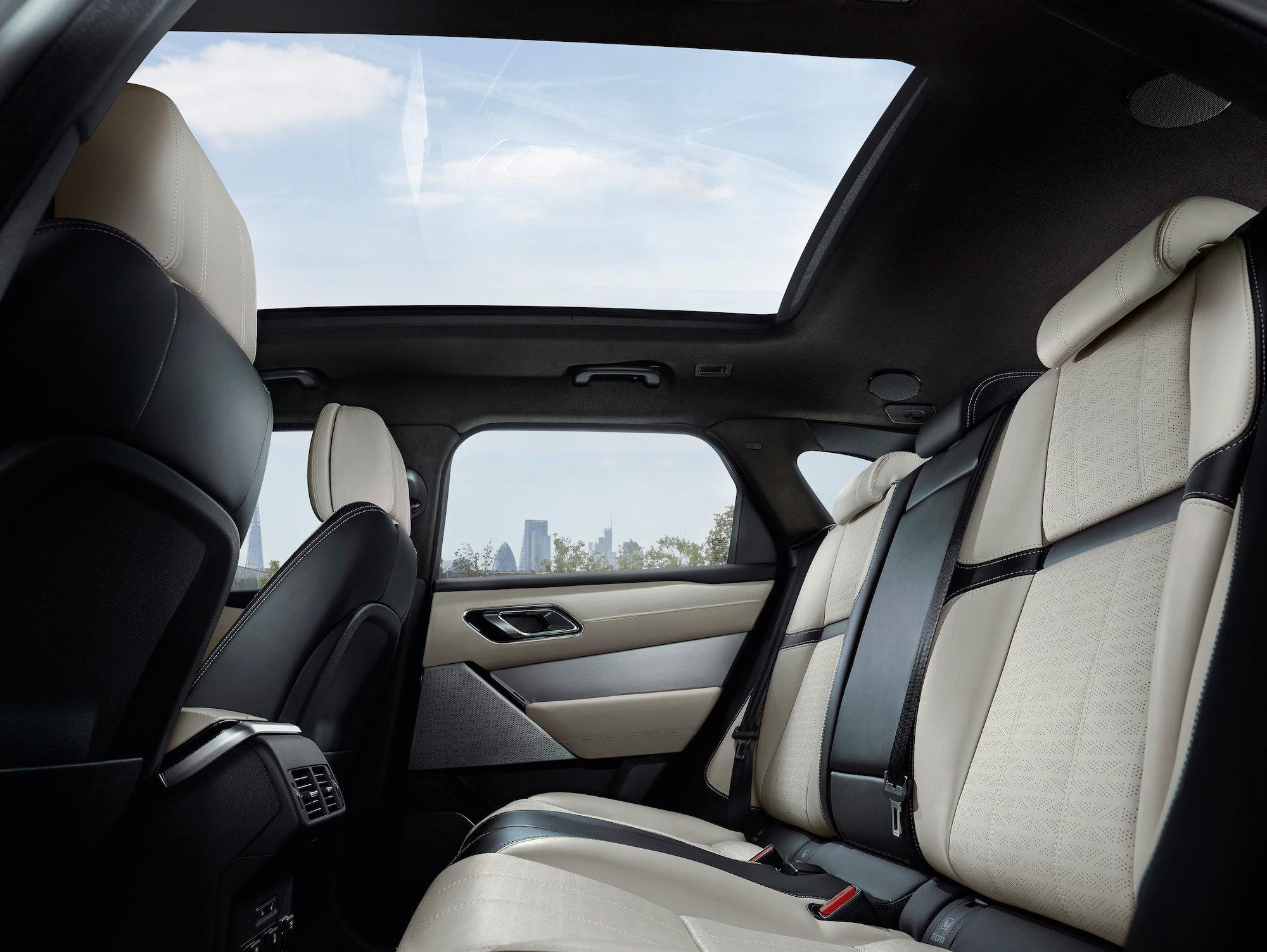Can a sport-utility vehicle seduce? Land Rover, the British manufacturer that arguably invented the form, set out recently to design an answer. Beginning deliveries this fall, the Range Rover Velar is a striking riposte to the lazy, incoherent luxury sport utes that are colonizing valet lots. It’s how a luxury SUV could look, were luxury SUVs generally worth looking at.
“We wanted to create something that played a bit with the traditional SUV proportions,” says James Watkins, creative specialist at Land Rover. His boss, Land Rover design director Gerry McGovern, puts a finer point on it. “If we didn’t think about proportion, that would’ve been fine—if we didn’t mind the Velar looking like the dog’s dinner,” he says.
As high-end SUVs have gained popularity, some luxury carmakers have adopted bad habits: clumsily grafting the family grille on the front end, carving out bulbous fenders that speak of unearned off-roading reputations, and allowing a general lack of cohesion to permeate silhouettes. While these brands practice a crass maximalism, the Velar takes a reductive approach to luxury. The Velar upends the traditional SUV silhouette—low box in front, high box in back—with rigorously considered visual tricks that give the vehicle a trim, disciplined, yet seductive shape.
Foremost of these tricks is a beltline that wraps around the vehicle like a hoop. Body seams behind the rear fender stab upward before trailing off at the tailgate, an allusion to the sterns of midcentury personal yachts (think Rivas and Chris-Crafts). The effect is not accidental. “There’s a lot of yachting imagery we riff on,” Watkins says. Next is the roofline, which slopes gradually toward the tailgate in inverse proportion to the gently rising beltline, providing some coupe-like drama at the rear three-quarter section. Sight lines are surprisingly generous in the Velar, a minor miracle considering how much metal, and how little window glass, it wears.

